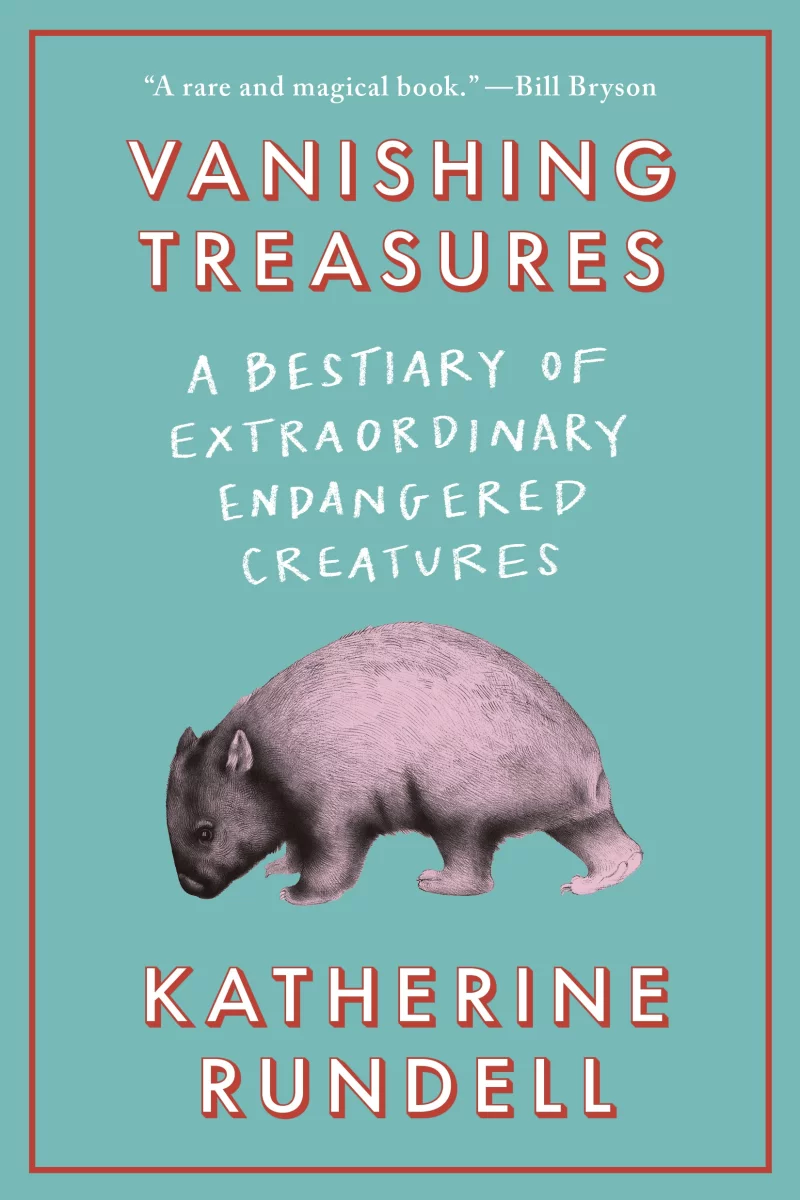If you’ve been absorbed by the presidential election and crave a change of focus, Vanishing Treasures by Katherine Rundell offers a captivating escape into the natural world. Originally published as The Golden Mole in the UK, this collection of essays takes readers on a journey beyond immediate concerns, encouraging us to broaden our perspectives and deepen our sense of wonder.
Rundell, a remarkably versatile writer, has authored a range of works, from children’s literature to biographies and fantasy novels. Her 2013 book Rooftoppers drew inspiration from her daring Oxford days, scaling rooftops for views over the historic city. Recently, she published Super-Infinite, a highly regarded biography of the metaphysical poet John Donne, and Impossible Creatures, a fantasy novel that’s won wide acclaim.
In Vanishing Treasures, Rundell brings the same elegance and insight that characterize her other works to a bestiary of creatures, both exotic and familiar. Each of the animals in this book is endangered, or a part of an endangered species. As Rundell notes, this is sadly true for nearly every species on the planet today. She opens with a thought-provoking quote from G.K. Chesterton: “The world will never starve for want of wonders; but only for want of wonder.”
In 23 compact essays, Rundell explores creatures like the swift, hermit crab, wombat, and Greenland shark. These essays are no dry catalog of animal facts; they are lyrical, vivid, and at times darkly humorous explorations of each species’ unique qualities. Take her essay on the swift, a common yet extraordinary bird that she describes as “sky-suited like no other.” The swift, weighing less than a hen’s egg, spends almost all its life on the wing, sleeping, mating, and even bathing mid-flight, soaring through clouds of rain with outstretched wings. Rundell’s poetic touch turns this swift into a creature of myth, transforming ordinary details into something wondrous.
In her essay on the hermit crab, Rundell immediately catches our attention with the line, “It was, perhaps, a hermit crab that ate Amelia Earhart.” She explains that the uninhabited island where Earhart may have crash-landed is home to the coconut crab, the world’s largest land crab. Reaching over 40 inches across, these crabs are enormous, ancient, and terrifying in Rundell’s rendering. Her essays remind us of the often-savage connection between humans and animals, underscoring the vulnerability of species who suffer most from human contact. In one of her most striking lines, she observes, “The greatest lie that humans ever told is that the Earth is ours, and at our disposal.”
The essays in Vanishing Treasures are a call to “see, really see” these incredible creatures, to feel their beauty and their fragility. Rundell invites readers to contemplate what humanity stands to lose in this era of environmental decline. But despite the direness of the message, Rundell tempers it with hope and resilience, leaving us with a meditation on the Greenland shark, “the planet’s oldest vertebrate.” These mysterious creatures, with lifespans over 500 years, symbolize endurance. In their silent, slow movement through the ages, Rundell sees hope: “They will see us pass through whichever spinning chaos we may currently be living through, and they will live through the currently unimagined things that will come after that.”
Through Rundell’s exquisite prose, Vanishing Treasures is not just a book but a reminder of the marvels that still inhabit our fragile world, if only we look closely enough to appreciate them.
